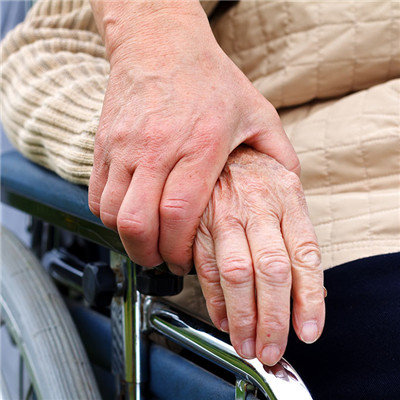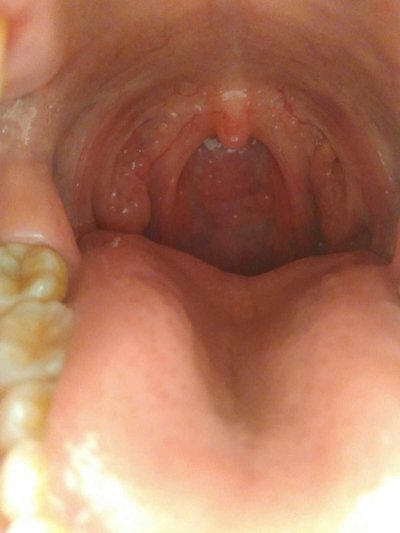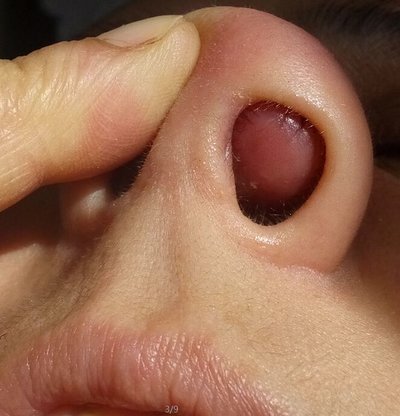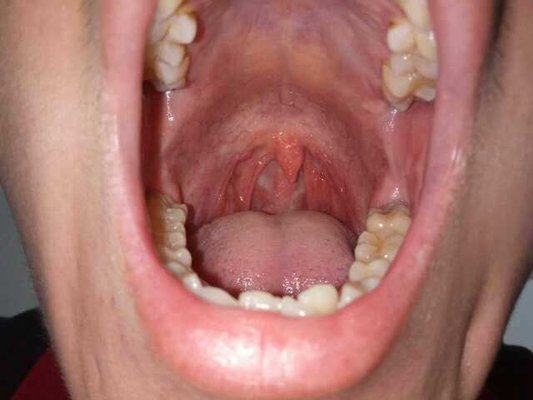What are the sequelae of septic shock?
summary
Septic shock refers to the shock caused by sepsis, which used to be called septic shock. It is defined as insufficient tissue perfusion, that is, continuous hypotension or blood lactic acid concentration ≥ 4mmol / L after volume test. It is usually caused by gram-negative bacilli, mainly seen in acute suppurative obstructive cholangitis, gangrenous cholecystitis, pyelonephritis, acute pancreatitis and some nosocomial infections.
What are the sequelae of septic shock?
The pathogenesis of septic shock has not yet been fully elucidated. Bacterial toxins produced by infected bacteria can promote complex immune responses. In addition to endotoxin (lipopolysaccharide component of lipopolysaccharide released from the cell wall of gram-negative Enterobacter), there are also a large number of mediators, including tumor necrosis factor, leukotriene, lipoxygenase, histamine, bradykinin, 5-hydroxytryptamine and interleukin-2.

The initial changes were dilation of arteries and arterioles, decrease of peripheral arterial resistance and normal or increased cardiac output. When the heart rate increases, the ejection fraction may decrease. Later, cardiac output may decrease and peripheral resistance may increase. Although the cardiac output increases, the function of blood flowing into capillaries for exchange is impaired, and the supply of oxygen and the clearance of carbon dioxide and wastes are reduced. This decline in perfusion particularly affects the kidney and brain, and then causes one or more organ failure. Finally, it leads to the reduction of cardiac output and typical shock characteristics.

Septic shock usually occurs in people with low immunity, such as diabetes, liver cirrhosis, leukopenia, especially in patients with tumor or receiving cytotoxic drug treatment, patients treated with antibiotics, corticosteroids or artificial respiration device, history of urinary tract, biliary tract or gastrointestinal tract infection, and invasive implants, including catheters, drainage tubes and other foreign bodies. Septic shock is more common in newborns, patients over 35 years old, pregnant women, patients with severe immune impairment caused by primary diseases or patients with iatrogenic treatment complications.

matters needing attention
Emphasis should be placed on the maintenance of infection, shock and vital signs. Oxygen should be given through nasal tube to support respiration. Tracheal intubation or tracheotomy and mechanical artificial respiration can be performed when necessary. It needs a lot of fluid infusion, correct acidosis and other anti shock treatment.
















